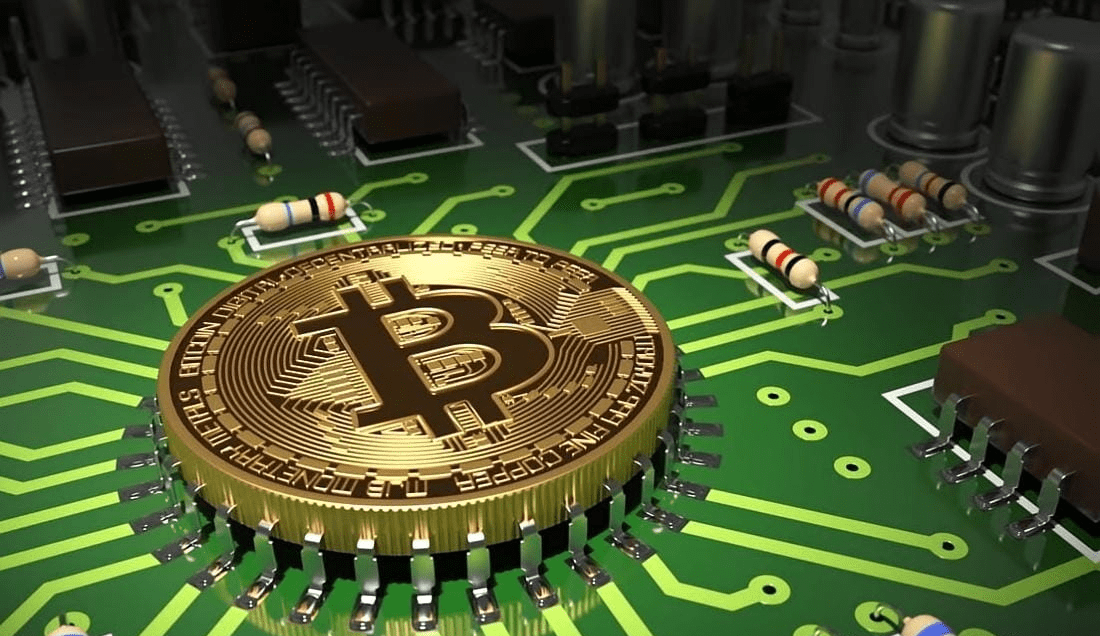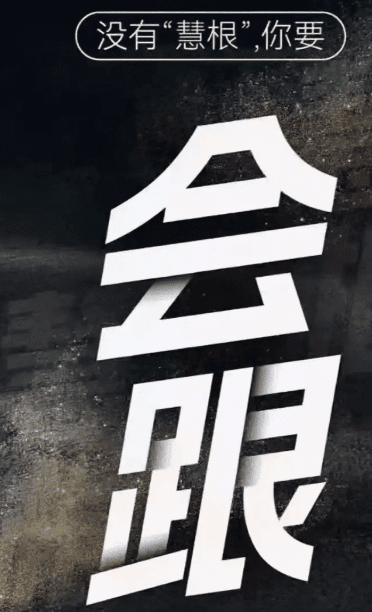Old Wang, the seasoned player in the crypto world, advises with tears: If you don’t understand these three generations of 'chains,' you are 99% likely to be cut!
To all the newcomers in the crypto world, I am Old Wang, a seasoned player who has been in the crypto space for 7 years. I have experienced the dream of getting rich overnight and the despair of losing everything. Today, I don’t want to talk to you about 'financial freedom'; I just want to share my hard-earned lessons and discuss the most fundamental, yet easily overlooked, aspect of the crypto world—the explanation of blockchain technology: the development history and functions of the first, second, and third generations of blockchain.
Don’t think this topic is boring! This stuff is like the foundation of a house; if the foundation is unstable, no matter how beautiful the building is, it will collapse! If you don’t understand it, it’s like walking into a wolf's den empty-handed—getting hurt is just a matter of time!
I still remember when I first entered the crypto space, listening to various stories of 'hundredfold coins' and 'thousandfold coins,' my blood boiling and wanting to go all in. What happened? I was thoroughly harvested by various air coins and Ponzi coins. Later, I realized that without understanding the underlying technology, I could only be a crop, getting cut and helping others count money.
Today, I will explain these three generations of 'chains' to you in the simplest terms, hoping to help you avoid detours in the crypto world and protect your principal!
1. Blockchain 1.0: The 'ledger' of our ancestors—security is real, but efficiency is poor!
Blockchain 1.0, in simple terms, is the 'programmable currency' represented by Bitcoin. It is like a public and transparent ledger that records every transaction.
Imagine that in your village, there is a ledger that clearly records how much money each household has given to others, and every villager can view it. This ledger is blockchain.
The first characteristic of blockchain is decentralization. There is no 'village chief' who can arbitrarily alter the ledger; every villager has a copy. This ensures the security of the ledger, making it difficult to tamper with.
The second characteristic is encryption. Every transaction is processed through encryption, ensuring the anonymity of the transaction. Although everyone can see the transaction records, they don’t know who is trading with whom.
The third characteristic is the consensus mechanism. When someone wants to record a new transaction, it needs to be verified by everyone in the village to confirm the authenticity of the transaction. This verification process is called 'mining.'

Bitcoin is a typical application of Blockchain 1.0. It utilizes blockchain technology to achieve decentralized digital currency transactions, avoiding traditional banking intermediaries and reducing transaction costs.
However, Blockchain 1.0 also has obvious drawbacks, namely inefficiency. Every transaction needs to be verified by the entire network, which is very slow. Imagine if you want to transfer money to your neighbor and the whole village has to hold a meeting to discuss it—how efficient can that be?
Therefore, although Blockchain 1.0 is secure, the problem of inefficiency limits its application range.
Old Wang reminds: There are still many coins on the market claiming to be 'Blockchain 1.0,' asserting they are 'the next Bitcoin.' Remember, technology has already developed to the 3.0 era; don’t cling to old antiques. Be especially wary of those claiming you can make money just by 'mining'; they are likely Ponzi coins that will leave you with nothing!
2. Blockchain 2.0: The evolved 'smart contract' is widely applied but also full of vulnerabilities!
Blockchain 2.0 is represented by Ethereum, a 'smart contract platform.' It adds the functionality of 'smart contracts' on the foundation of Blockchain 1.0.
You can understand smart contracts as an automatically executed agreement. When specific conditions are met, the contract will execute automatically without human intervention.
For example, you want to bet with a friend on who can lose 10 pounds in a month. You can write the stakes and rules in a smart contract, and after a month, the smart contract will automatically check your weights and distribute the stakes to the winner.
The emergence of Blockchain 2.0 greatly expands the application range of blockchain. In addition to digital currencies, it can also be used in supply chain management, intellectual property protection, voting, and other fields.
However, Blockchain 2.0 also has some problems.
First, there is the issue of security. Smart contracts are written in code, and codes inevitably have vulnerabilities. Once a contract has vulnerabilities, hackers can exploit them to attack the contract and steal funds. Historically, Ethereum has experienced multiple incidents of smart contract vulnerability attacks, causing significant losses.

Secondly, there is the issue of scalability. As applications increase, the congestion of the Ethereum network becomes increasingly severe. Slow transaction speed and high fees severely impact user experience.
Old Wang reminds: There are many DeFi projects based on Ethereum on the market that claim to provide 'easy profits.' Remember, high returns often come with high risks. Before participating in DeFi projects, make sure to carefully study the project's code and mechanisms to understand potential risks. Be especially wary of those promising 'capital protection returns'; they are likely Ponzi schemes that will leave you with nothing!
3. Blockchain 3.0: The future 'high-performance public chain' is limitless, but still needs time for verification!
Blockchain 3.0 is currently exploring and developing a 'high-performance public chain.' Its goal is to solve the efficiency and scalability problems of Blockchain 1.0 and 2.0 and achieve broader applications.
To improve efficiency and scalability, Blockchain 3.0 adopts various new technologies, such as:
Sharding technology: Dividing the blockchain into multiple 'shards,' with each 'shard' responsible for processing a portion of transactions, thereby improving overall processing capacity.
Sidechain technology: Establishing multiple sidechains outside the main chain, which can operate independently and interact with the main chain for data exchange.
Improvement of consensus mechanisms: Adopting more efficient consensus mechanisms, such as Proof of Stake (PoS) and Delegated Proof of Stake (DPoS), which reduce the energy consumption of mining and increase transaction speed.
The emergence of Blockchain 3.0 brings new hope for blockchain technology. However, Blockchain 3.0 is still in its early development stage, and various technical solutions are continually being improved and validated.
Old Wang reminds: There are many projects on the market claiming to be 'Blockchain 3.0' that assert they have solved all the problems of blockchain. Remember, technological innovation requires time for verification. Before investing in these projects, be sure to remain cautious and not follow blindly. Be especially wary of those promising 'disruptive industry' projects; they may just be pseudo-innovations that leave you with nothing!
The integration of AI and blockchain: It is worth noting that the integration of AI and blockchain mentioned at the beginning of the article is accelerating, jointly constructing a smarter Web3 ecosystem. AI assists in generating NFTs, contracts, and game content; decentralized AI networks; combining with zero-knowledge proofs to ensure the privacy and trustworthiness of AI inference; and the rise of on-chain intelligent agents (AI Agents) are all directions worth paying attention to in the future. But at the same time, we must be vigilant against new scams utilizing AI technology.

Summary:
Blockchain 1.0: Bitcoin, secure but inefficient.
Blockchain 2.0: Ethereum, widely applied but with many vulnerabilities.
Blockchain 3.0: High-performance public chain, limitless potential but still needs verification.
Finally, I want to ask everyone a question:
After so many years of development, is blockchain technology the key to changing the world, or just another bubble of capital speculation? Where do you think the future of blockchain lies? Feel free to leave your thoughts in the comments section, and let’s discuss together!



A single tree cannot form a boat, and a lone sail cannot travel far! In the crypto world, if you don’t have a good circle and lack first-hand news, I suggest you follow Old Wang, who will help you get on board for free; welcome to join the team!!!
